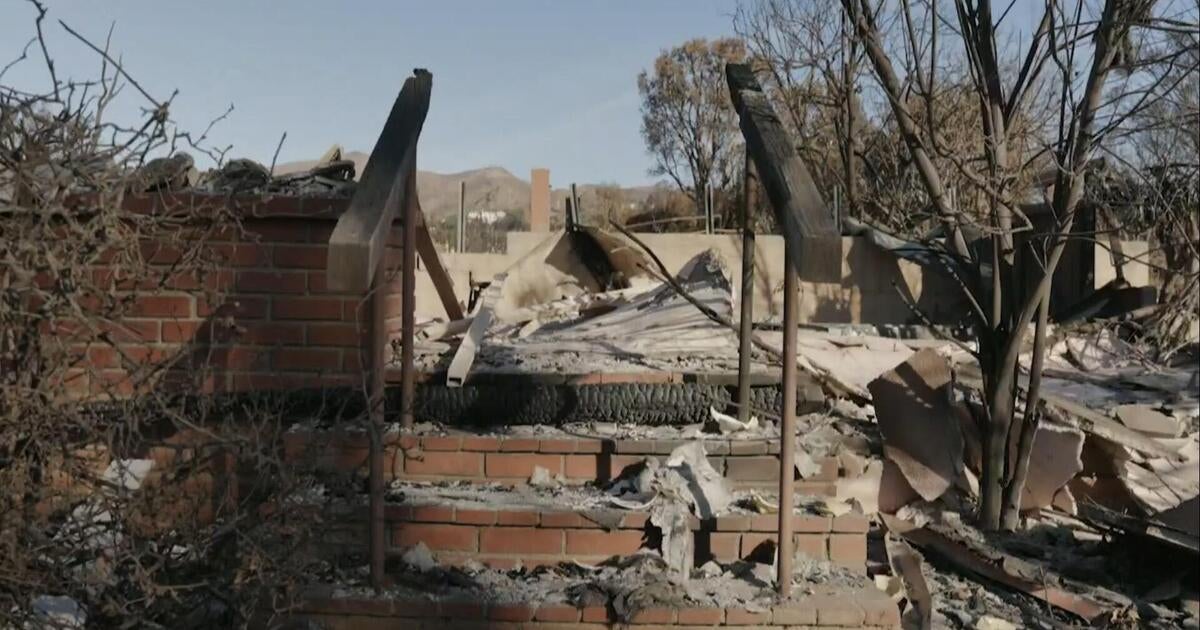Rebuilding L.A.: Strategies for a Safer Future
As Los Angeles embarks on a massive rebuilding effort following devastating wildfires, experts warn that the same environmental risks loom large. The wildfires have not only ravaged homes and communities but have also posed significant challenges for urban planning and disaster preparedness. The lessons learned from these catastrophic events could play a crucial role in preventing future disasters. This article delves into the strategies being implemented across the region, the obstacles faced, and the proactive measures that could reshape the landscape of Los Angeles in a more resilient manner.
Understanding the Wildfire Vulnerability of Los Angeles
Los Angeles is no stranger to wildfires, with its Mediterranean climate providing the perfect conditions for such disasters. High temperatures, low humidity, and Santa Ana winds create a volatile environment, especially in the dry season. The past few years have seen an increase in the frequency and intensity of wildfires, prompting local authorities to rethink their approach to urban development and disaster management.
According to the California Department of Forestry and Fire Protection (CAL FIRE), nearly 4 million acres burned in California during the last wildfire season, with a significant portion of that occurring in Southern California. The direct impact on urban areas has raised critical questions about how to rebuild while mitigating the risk of future fires.
Lessons Learned: Building Resilience into the Rebuilding Process
In the wake of recent wildfires, Los Angeles officials and urban planners are focusing on several key strategies to ensure that future rebuilding efforts are resilient and sustainable. Here are some of the most promising approaches:
- Fire-Resistant Building Materials: One of the primary lessons from past wildfires is the importance of using fire-resistant materials in construction. New regulations require homes and commercial buildings to incorporate non-combustible siding, roofs, and other materials to withstand heat and flames.
- Defensible Space: Homeowners are being encouraged to create defensible space around their properties. This involves removing flammable vegetation, maintaining a safe distance between trees and structures, and using fire-resistant landscaping techniques. These measures can significantly reduce the risk of a fire spreading to homes.
- Improved Infrastructure: The rebuilding process includes investments in infrastructure that can better withstand wildfires. This includes the installation of enhanced water supply systems for firefighting and the creation of firebreaks—cleared areas designed to slow or stop the spread of fire.
- Community Education and Preparedness: Local agencies are emphasizing the importance of community education programs. Residents are encouraged to develop emergency plans, participate in evacuation drills, and stay informed about fire conditions. Knowledge is a vital tool in disaster preparedness.
Innovative Technologies in Fire Prevention
Beyond traditional methods, technology is playing an increasingly vital role in wildfire prevention and management. Here are some of the innovative technologies being utilized:
- Satellite Monitoring: Satellite imagery and remote sensing technologies are being employed to monitor vegetation health, predict fire behavior, and detect early signs of wildfires. These tools allow for quicker response times and better resource allocation during fire events.
- Drones: Drones equipped with thermal imaging cameras are being used to assess areas affected by wildfires, enabling firefighters to identify hotspots and areas at risk of reignition. This aerial perspective offers invaluable data that is essential for effective firefighting strategies.
- Predictive Analytics: Utilizing big data analytics, fire management agencies can better predict fire risks based on weather patterns, vegetation growth, and historical fire data. This information helps in making informed decisions about resource deployment and community alerts.
Challenges on the Road to Recovery
While the strategies for rebuilding L.A. are promising, several challenges still lie ahead. Some of the key obstacles include:
- Funding and Resources: Securing adequate funding for comprehensive rebuilding efforts can be a significant hurdle. The costs associated with implementing advanced fire prevention measures are substantial, and budget constraints may limit what can be achieved.
- Community Resistance: As neighborhoods are rebuilt, residents may resist changes to their community structures or the implementation of new regulations. Building consensus and fostering community buy-in for new fire-safe practices can be a delicate process.
- Climate Change Impacts: The overarching threat of climate change continues to exacerbate wildfire risks. Rising temperatures and prolonged drought conditions mean that Los Angeles must remain vigilant and adaptable in its wildfire management strategies.
The Role of Government and Policy Initiatives
Government policy plays a critical role in shaping the rebuilding efforts in response to wildfires. Local, state, and federal agencies are working together to create a cohesive strategy that prioritizes safety and sustainability. Some vital initiatives include:
- Building Codes and Zoning Laws: Updating building codes to include stricter fire safety standards is essential. Zoning laws may also be adjusted to ensure that new developments are constructed in less fire-prone areas.
- Community Grants and Incentives: Programs that offer financial assistance to homeowners for fire mitigation efforts can incentivize residents to adopt safer practices, such as retrofitting homes with fire-resistant materials.
- Long-term Planning: Integrating wildfire risk assessments into long-term urban planning is crucial. This includes identifying high-risk areas and developing strategic land-use plans that incorporate fire safety considerations.
The Path Ahead: A Resilient Future for Los Angeles
As Los Angeles faces the dual challenge of rebuilding after wildfires while preparing for future risks, a comprehensive approach that combines innovative technology, community engagement, and robust policy initiatives will be essential. The lessons learned from past disasters serve not only as a guide but also as a rallying cry for a more resilient future.
By investing in fire-resistant infrastructure, enhancing community preparedness, and adopting cutting-edge technologies, L.A. can lead the way in redefining how urban environments cope with the realities of wildfire threats. The journey to recovery may be fraught with challenges, but with determination, creativity, and collaboration, Los Angeles can emerge stronger and more resilient than ever before.
See more Your Daily Weather



